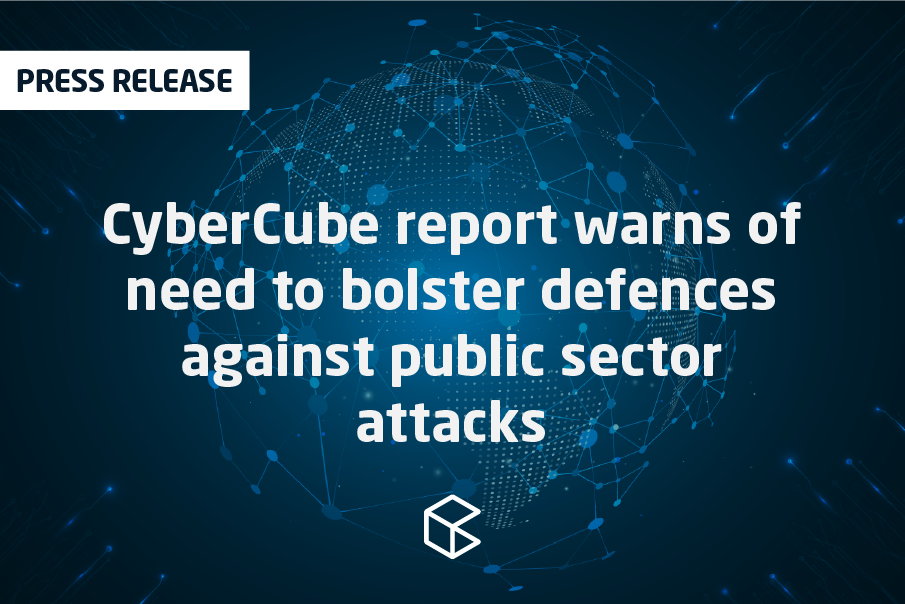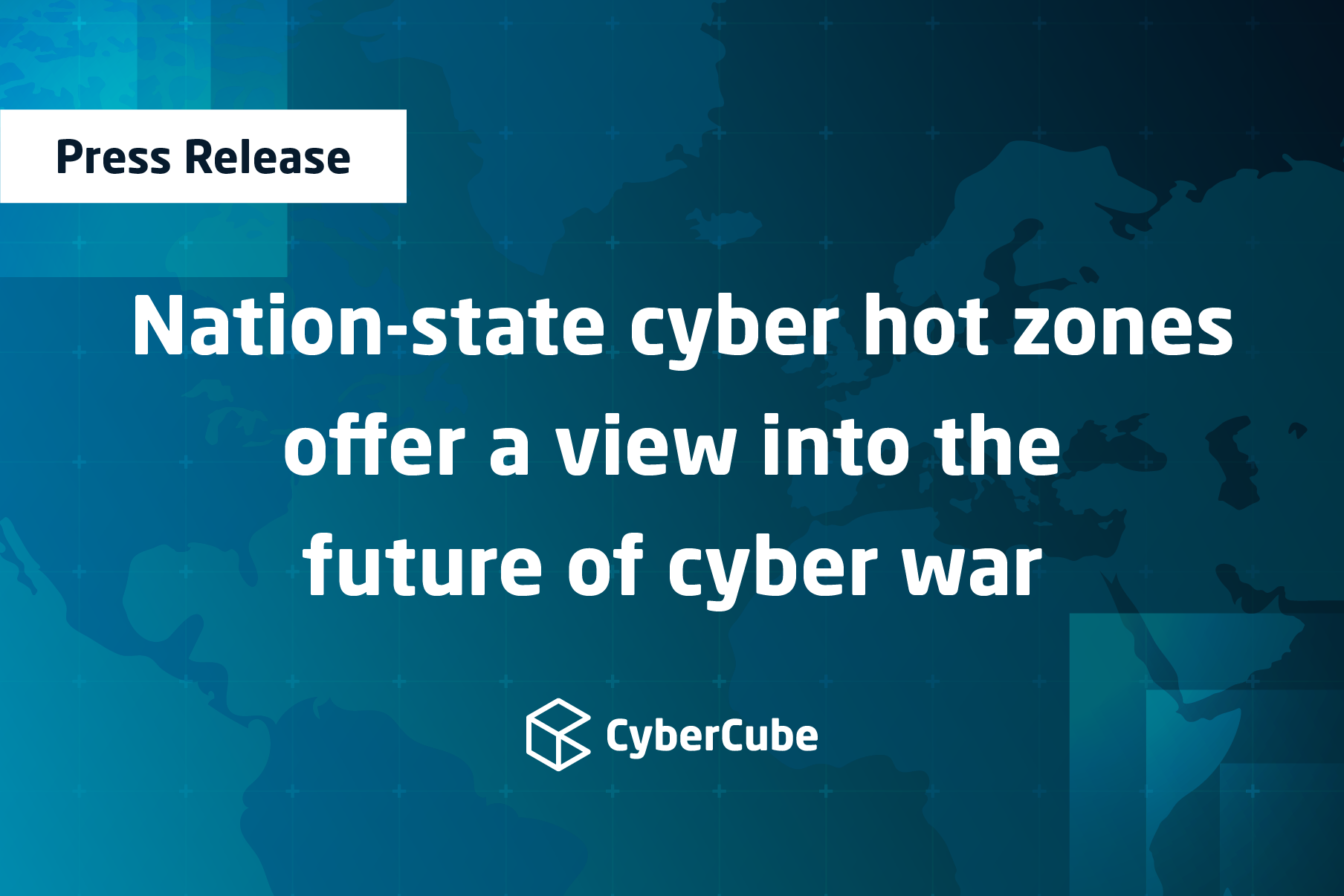25 July 2022, London – The insurance industry faces new ransomware tactics, the fallout from the war in Ukraine and threats created by unprecedented nation state activity in cyberspace, says a new report from cyber analytics company CyberCube.
According to CyberCube’s H2 2022 Global Threat Briefing, ransomware continues to be largely responsible for the insurable cyber losses experienced by companies. CyberCube helps the insurance industry understand the key risks in today’s threat landscape. This report aims to enable more informed decision-making across broking, underwriting and reinsurance cyber policies.
William Altman, CyberCube’s Principal Cyber Security Consultant, said: “Ransomware gangs are currently targeting lower-profile critical infrastructure operations and small and medium-sized businesses (SMBs) in healthcare, agriculture, and food supply chains. Businesses in these industries are among those who can least afford the downtime associated with ransomware and extortion attacks, and often lack resources for effective cyber security in the face of well-resourced and determined attackers.”
The report also analyzes cyber activity following the Russian invasion of Ukraine, noting since February, both sides have been amassing cyber armies and hacktivists have pooled their efforts to attack Russia. There are currently more than 70 different cyber threat actors related to the war in Ukraine - double the number identified at the beginning of March. The research also examines the use of wiper-malware attacks spreading globally, erasing hard drives and severely damaging devices it encounters.
Lea Hricikova, Cyber Security Consultant at CyberCube said: “Russia has normalized the use of wiper malware in its attacks on targets in Ukraine, pushing the boundaries of acceptable behavior in cyberspace beyond historic norms. Prior to 2022, the most notable use of wiper malware on the world stage was NotPetya (2017). Five years later, this attack type is proliferating. Wiper malware has been used previously in a targeted way in Ukraine, but the audacity and sophistication of these threats should not be underestimated.”
CyberCube has identified two industries — the maritime sector and satellite infrastructure — that are likely to be targeted by cyber criminals and in particular ransomware threat actors, as well as state-sponsored threats during the remainder of 2022 and beyond.
CyberCube’s latest Global Threat Briefing is available here.
ENDS
About CyberCube
CyberCube delivers the world’s leading cyber risk analytics for the insurance industry. With best-in-class data access and advanced multi-disciplinary analytics, the company’s cloud-based platform helps insurance organizations make better decisions when placing insurance, underwriting cyber risk and managing cyber risk aggregation. CyberCube’s enterprise intelligence layer provides insights on millions of companies globally and includes modeling on thousands of points of technology failure.
The CyberCube platform was established in 2015 within Symantec and now operates as a standalone company exclusively focused on the insurance industry, with access to an unparalleled ecosystem of data partners and backing from ForgePoint Capital, HSCM Bermuda, MTech Capital and individuals from Stone Point Capital. For more information, please visit www.cybcube.com or email info@cybcube.com.
Media Contact:
CyberCube: Yvette Essen, Head of Content & Communications, yvettee@cybcube.com



